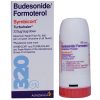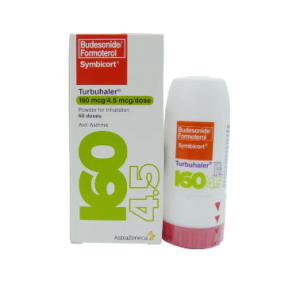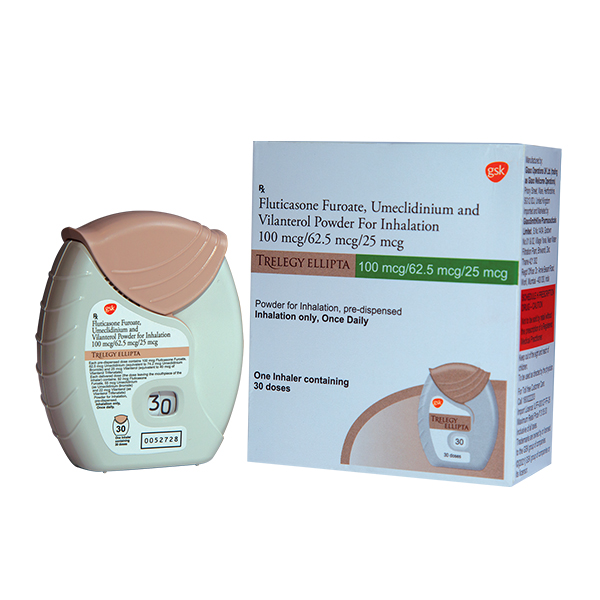Be the first to review “Symbicort Inhaler 320mcg/9mcg” Cancel reply
Sale!
AntiAsthamatic
Symbicort Inhaler 320mcg/9mcg
$52.00 – $92.00Price range: $52.00 through $92.00
SKU: 216453-1-1-1-1 Category: AntiAsthamatic
| Mg | No of Tablets | Price | Quantity | |
|---|---|---|---|---|
| 320 mcg / 9 mcg | 60 Doses | |||
| 320 mcg / 9 mcg | 120 Doses |
Related products
- AntiAsthamatic
Symbicort Inhaler 160mcg/4.5mcg
$50.00 – $90.00Price range: $50.00 through $90.00 Select options This product has multiple variants. The options may be chosen on the product page - AntiAsthamatic
Trelegy Ellipta 100mcg/62.5mcg/25mcg Powder – Pack of 30 Metered Doses Inhaler
$90.00 – $150.00Price range: $90.00 through $150.00 Select options This product has multiple variants. The options may be chosen on the product page







Reviews
There are no reviews yet.